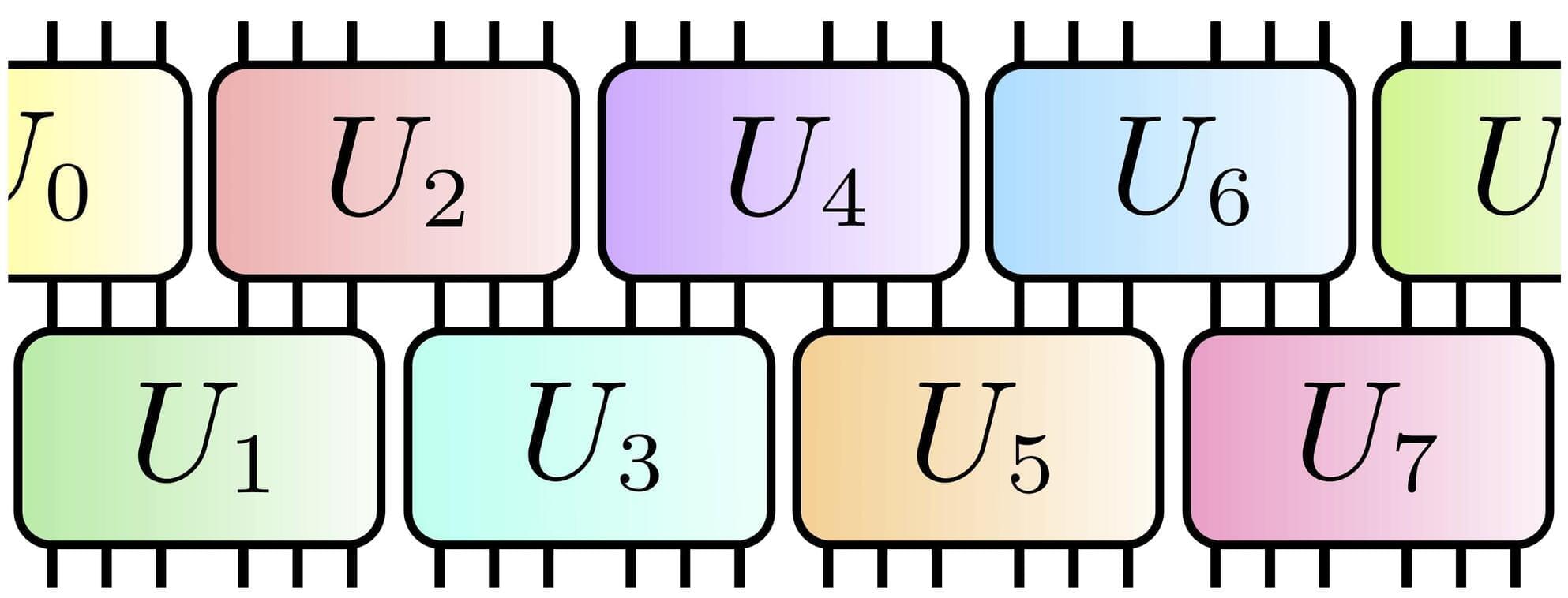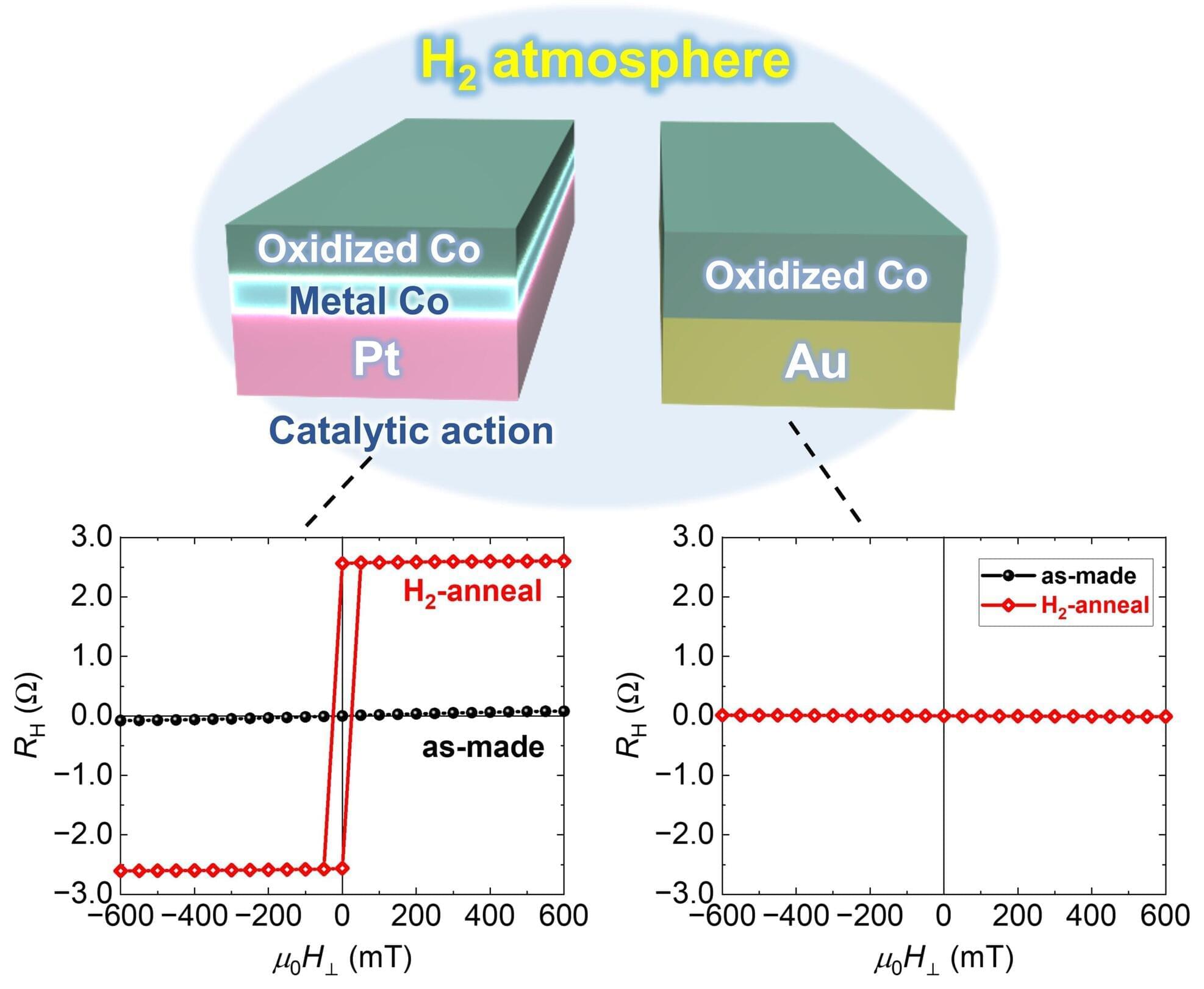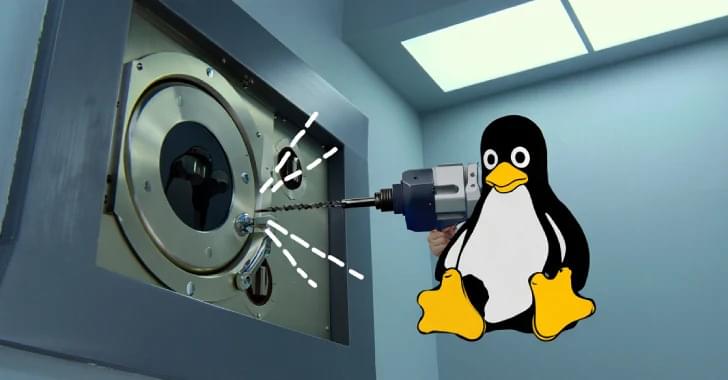A new magnetic molecule stores data up to 100K, breaking records and opening paths to next-gen, ultra-dense data storage systems.



Understanding randomness is crucial in many fields. From computer science and engineering to cryptography and weather forecasting, studying and interpreting randomness helps us simulate real-world phenomena, design algorithms and predict outcomes in uncertain situations.
Randomness is also important in quantum computing, but generating it typically involves a large number of operations. However, Thomas Schuster and colleagues at the California Institute of Technology have demonstrated that quantum computers can produce randomness much more easily than previously thought.
And that’s good news because the research could pave the way for faster and more efficient quantum computers.


Check out the free AMD loaner offer. Test the Ryzen PRO laptops yourself and experience the benefits they can bring to your business:
https://tinyurl.com/4zwaxnfm.
Timestamps:
00:00 — New Technology.
10:57 — How It Works & Applications.
15:10 — Challenges.
GIVEAWAY form: https://docs.google.com/forms/d/e/1FA… with me on LinkedIn ➜ / anastasiintech Connect with me on Instagram ➜
/ anastasi.in.tech Subscribe to My Deep In Tech Newsletter ➜ https://anastasiintech.substack.com Support me at Patreon ➜
/ anastasiintech #AMD #RYZENPRO
Connect with me on LinkedIn ➜ / anastasiintech.
Connect with me on Instagram ➜ / anastasi.in.tech.
Support me at Patreon ➜ / anastasiintech.
#AMD #RYZENPRO

Modern low-power solutions to computer memory rely heavily on the manipulation of the magnetic properties of materials. Understanding the influence of the chemical properties of these materials on their magnetization ability is of key importance in developing the field.
A study published in Applied Physics Letters, led by researchers from SANKEN at The University of Osaka, has revealed a technique for recovering magnetism in a degraded spintronics device. This method can be applied to improve the robustness of next-generation semiconductor memory.
Spintronics exploits the spin (and charge) of electrons to process and store memory, and this is achieved practically by stacking layers of thin material films that behave differently under the influence of a magnetic field.

The first results of the ETH Zurich and ANSTO collaboration focused on silicon carbide (SiC) devices have been reported in two publications.
Dr. Corinna Martinella, formerly a senior scientist at ETH Zurich, said in a LinkedIn post that the research advances an understanding of the basic mechanisms of radiation damage in SiC power devices exposed to heavy ions.
An article in IEEE Transactions on Nuclear Science describes the testing of how commercial silicon carbide (SiC) power devices, including MOSFETs and Junction Barrier Schottky (JBS) diodes, respond to space-like radiation at a microscopic level.


Incoming information from the retina is channeled into two pathways in the brain’s visual system: one that’s responsible for processing color and fine spatial detail, and another that’s involved in spatial localization and detecting high temporal frequencies. A new study from MIT provides an account for how these two pathways may be shaped by developmental factors.
Newborns typically have poor visual acuity and poor color vision because their retinal cone cells are not well-developed at birth. This means that early in life, they are seeing blurry, color-reduced imagery. The MIT team proposes that such blurry, color-limited vision may result in some brain cells specializing in low spatial frequencies and low color tuning, corresponding to the so-called magnocellular system. Later, with improved vision, cells may tune to finer details and richer color, consistent with the other pathway, known as the parvocellular system.
To test their hypothesis, the researchers trained computational models of vision on a trajectory of input similar to what human babies receive early in life—low-quality images early on, followed by full-color, sharper images later. They found that these models developed processing units with receptive fields exhibiting some similarity to the division of magnocellular and parvocellular pathways in the human visual system. Vision models trained on only high-quality images did not develop such distinct characteristics.
David Deutsch, known as the ‘father of quantum computing’, explains how accepting the reality of quantum mechanics means accepting the multiverse.
How are the branches of a multiverse different from each other?
With a free trial, you can watch David Deutsch debate infinity with George Ellis and Sara Walker at https://iai.tv/video/the-edge-of-the-universe?utm_source=You…of-reality.
The many-worlds interpretation of quantum mechanics says that all possible outcomes of quantum measurements are physically realised in different worlds. These many worlds have proved extremely contentious, with critics arguing that they are mere fantasy. In this exclusive interview, leading physicist David Deutsch explains the philosophy behind the many-worlds interpretation and argues that not only is it the best interpretation of quantum mechanics – it is the only interpretation.
#quantum #quantummechanics #quantumphysics #quantumcomputing.
David Deutsch is a theoretical physicist best known as the founding father of quantum computation and as a key figure and advocate for the many-worlds interpretation of quantum mechanics. Deutsch is a Visiting Professor of physics at the Centre for Quantum Computation and the Clarendon Laboratory, Oxford University. Interviewed by Charlie Barnett, Senior Producer at the IAI.